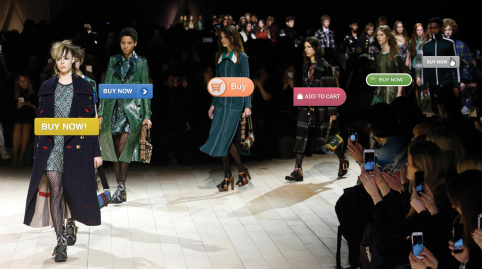
AI tools in art are described as software that uses artificial intelligence to assist with or generate creative works. Popular text-to-image generators are Midjourney, DALL-E and Stable Diffusion. In this blog I will discuss a few components of generated art. I will discuss if the art, generated by AI, show originality, skill, commercial purposes and a poetic meaning and. These are characteristics which I look for in art, and am curious to discover and discuss if AI can create such art. If so, what does this mean for artists and the fashion industry.
To answer this question, I first need to do my research on the AI tools. The website of AIArtists.org shows 41 creative tools to generate AI art such as Runway ML. Runway ML is capable of creating images, videos, transformations, virtual stages, virtual try-on etc. It offers a wide array of possibilities. If an artist would want to create a new design for his winter collection, he/she would start a conversation with AI and tell it his/her preferences. I explored the possibilities and limits of this tool and received some inspiration from it. To give the reader a clearer view I’d like to share my experiment.
As input, I asked AI to create an image of a rose and a ballerina. These are two things I want to reflect in my new design. The tool created an image of a ballerina balancing on two legs with a big white rose behind her, few times the size of the ballerina. It wasn’t quite what I imagined so I asked AI to make it more original, skilled, with commercial purpose and a poetic meaning. I had to elaborate on what commercial purpose and what poetic meaning, so the next image had to depict the beauty of a white rose reflected on the ballerina. The commercial purpose entailed the possibilty of using this design in a ballet show. The output gave an image of a ballerina with a long flowing skirt, balancing on one leg with a picture of a rose on her had. I realised, my inputs had to be more specific for AI. I didn’t know yet if I wanted it to be a skirt or a dress or something else. The second output gave me new inspiration, the skirt started looking like a rose and I asked AI to make the skirt more distinctly rose-like in its appearance. The thirds output gave me a new goal for creation. My experience with this AI tool was very positive. Although AI didn’t always understand what I wanted it to create, the last result depicted an image of what I was imagining in my head. It felt like a collaboration.


AI is giving the fashion industry a lot of beneficial tools to new creations. It is described as a powerful tool that is amplifying creativity. According to The Guardian (2024), people fear jobs losses and death of imagination and with that the world of fashion. The 40th anniversary of London fashion week hosted an AI-generated fashion show where people, who can’t entry the industry through traditional pathways, can show their designs created by AI to an audience. So, AI offers artists opportunities to entry the market. The fear of job loss is also quickly being debunked, meaning that AI only works if someone is using it, meaning we still need people to operate it. An article by Vogue (2025) shows concerns for the intensive energy use by fashion brands. AI is now mostly used for streamlining supply chains of fashion brands to become more sustainable. But people show concerns if it doens’t beat it’s purpose for being sustainable.
In conclusion, the AI tool is offering opportunities for artists to enter new markets and for the fashion industry a more efficient supply-chain. By using the tool in the right way, users will receive new inspirations and ideas and even designs. Improvements can always be made and according to my experience the perfect design tool should leave as much room for creativity as possible and at the same time completely understand what the user is looking for. So eventually improvements for text-to-image translation. Even though AI needs a lot of energy to operate, it is still forecasted to become a big part of the fashion industry.
References:
Jobe, N. (2024, 8 februari). How AI is ‘amplifying creativity’ in the fashion world. The Guardian. https://www.theguardian.com/fashion/2024/feb/08/ai-london-fashion-week Doyle, M. (2025, 6 maart).
Why fashion should think carefully about using generative AI. Vogue Business. https://www.voguebusiness.com/story/sustainability/why-fashion-should-think-carefully-about-using-generative-ai



